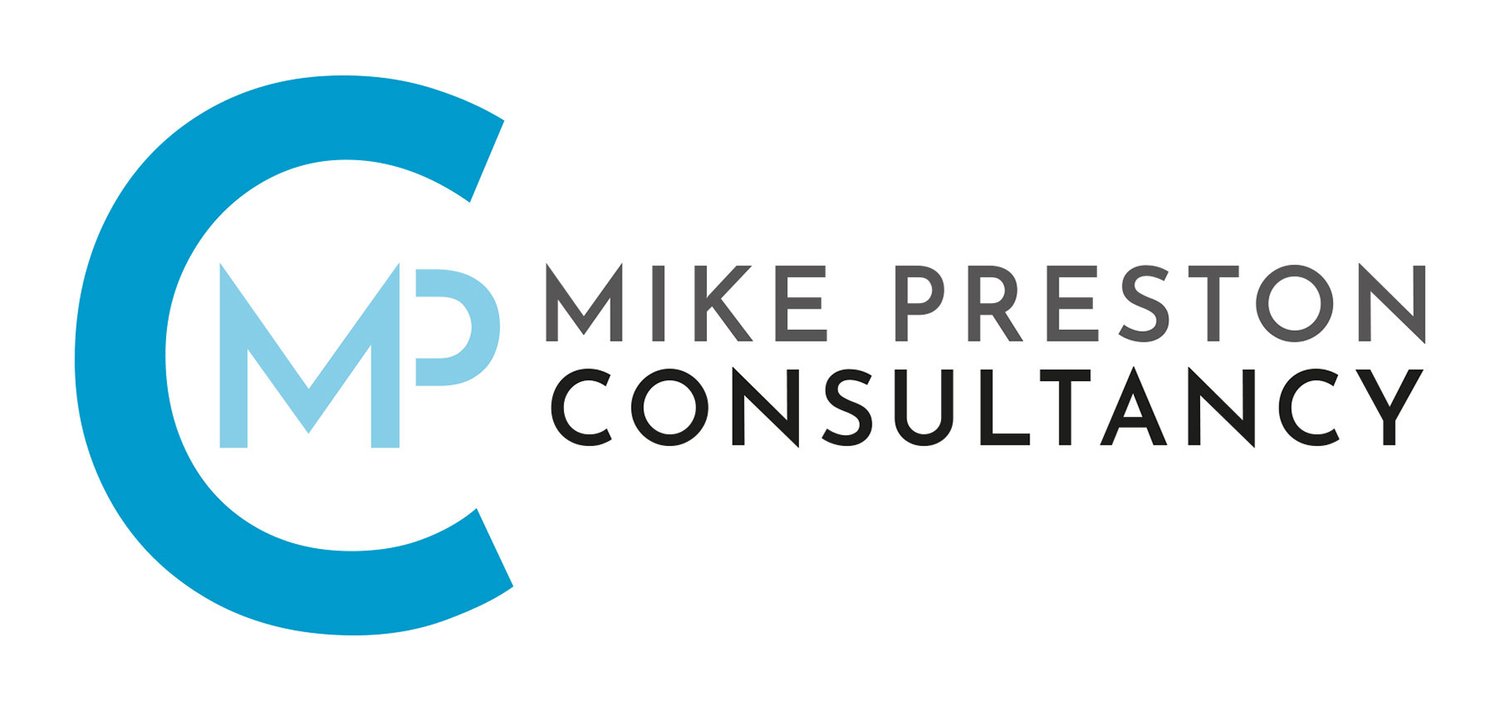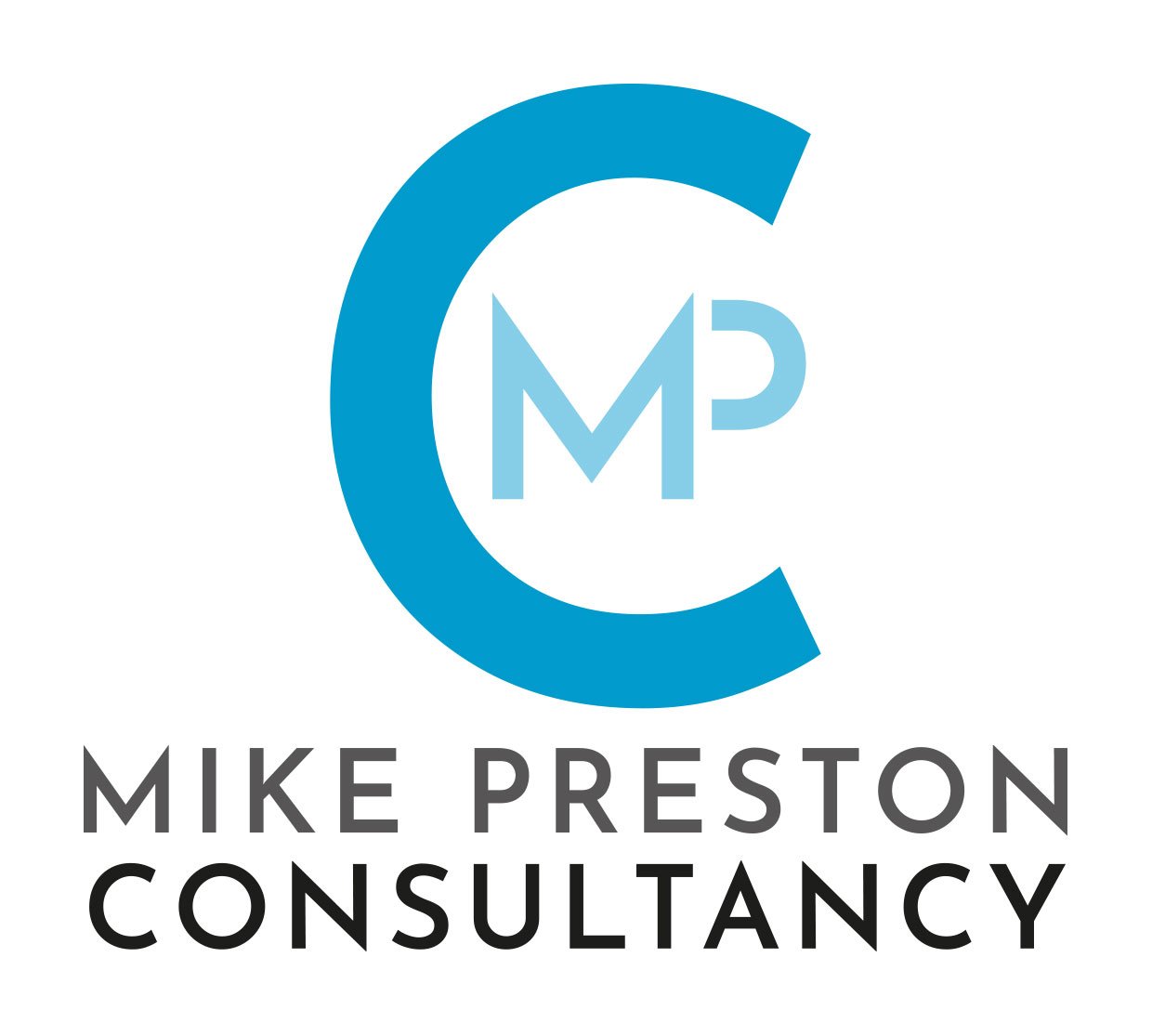Diversifying Your Non-Profit's Revenue Streams for Sustainable Growth
For many non-profit organisations, grant funding has historically been a cornerstone of their financial stability. While grants undoubtedly play a crucial role, relying solely on them can leave your charity vulnerable to economic shifts, changing donor priorities, and increased competition. The key to long-term sustainability and impactful growth lies in diversifying your revenue streams.
Moving beyond the traditional grant application cycle opens up a world of possibilities, building a more resilient and robust financial foundation for your vital work. Let's explore some key areas where your non-profit can cultivate new income sources.
1. The Power of Individual Giving: Cultivating a Community of Supporters
Individual donors are the lifeblood of many successful non-profits. Unlike often restricted grant funds, individual contributions frequently provide unrestricted income, offering the flexibility to respond to urgent needs and invest in innovative programs.
Recurring Giving Programs: Encourage consistent support by establishing monthly or annual giving programs. Even small, regular contributions add up significantly over time and provide a predictable revenue stream. Highlight the sustained impact of recurring gifts.
Major Gift Cultivation: Identify and nurture relationships with individuals who have the capacity and inclination to make significant donations. This involves personalised outreach, demonstrating impact, and aligning their philanthropic goals with your mission.
Peer-to-Peer Fundraising: Empower your passionate supporters to become fundraisers themselves. Tools and platforms that enable individuals to create their fundraising campaigns can tap into new networks and amplify their message.
Personalised Engagement: Tailor your communications to individual donor interests. Share compelling impact stories, provide regular updates on how their contributions are making a difference, and express genuine gratitude.
2. Strategic Corporate Partnerships: A Win-Win for Impact
Companies are increasingly looking for meaningful ways to engage with their communities and demonstrate social responsibility. For non-profits, this presents a significant opportunity to forge mutually beneficial partnerships that extend beyond simple sponsorship.
Cause Marketing Initiatives: Partner with businesses to integrate your cause into their marketing campaigns or product sales. A portion of sales could be donated to your organisation, raising both funds and awareness.
Workplace Giving Programs: Encourage businesses to offer payroll deduction programs, allowing their employees to easily contribute to your charity. Many companies will also offer matching gift programs, doubling the impact.
Skill-Based Volunteering & Pro Bono Services: Beyond financial contributions, corporations can offer invaluable expertise and human resources. Legal advice, marketing support, or IT assistance can save your non-profit significant costs.
Event Sponsorships: Secure corporate sponsors for your events, offering them visibility and branding opportunities in exchange for their financial support. Ensure the partnership aligns with their values and yours.
3. Earned Income: Generating Revenue Through Your Mission
Earned income refers to revenue generated from activities directly related to your non-profit's mission, often through the sale of goods or services. This can provide a stable and sustainable source of unrestricted funds.
Selling Mission-Related Products or Services: Does your charity offer expertise that could be packaged as a paid workshop, training, or consultation? Could you sell merchandise that promotes your cause? For example, an animal welfare charity could sell pet supplies, or an arts organisation could offer paid classes.
Facility Rentals: If your non-profit has unused space, consider renting it out for events, meetings, or co-working spaces. Ensure this aligns with your charitable purpose and check any potential tax implications (Unrelated Business Income Tax).
Social Enterprises: Develop a business venture that directly supports your mission, employing beneficiaries or selling products/services that tie into your cause. This can create employment opportunities while generating revenue.
4. Planned Giving: Securing Your Legacy and Future
Planned giving involves donations arranged during a donor's lifetime but received by your organisation at a later date, often through their will or estate. These gifts can be transformative and ensure your charity's long-term viability.
Bequests: Encourage supporters to include your non-profit in their will. This is often the simplest form of planned giving and can be for a specific amount, a percentage of their estate, or specific assets.
Charitable Gift Annuities (CGAs) and Trusts: These provide donors with income for life (or a set period) in exchange for a gift to your charity. They offer significant tax benefits and secure future funds for your organisation.
Beneficiary Designations: Promote the option for donors to designate your non-profit as a beneficiary of their retirement accounts (IRAs, 401(k)s), life insurance policies, or other financial accounts.
Legacy Societies: Establish a recognition program for individuals who have included your charity in their estate plans. This fosters a sense of community and appreciation among your most dedicated long-term supporters.
Take the Next Step Towards Sustainable Growth
Diversifying your non-profit's revenue streams is not just about financial security; it's about building a more resilient, adaptable, and impactful organisation. It allows you to plan for the future with greater confidence, invest in innovative programs, and ultimately, serve your community more effectively.
Ready to explore the opportunities for your charity and build a stronger, more sustainable future? Book an appointment with Mike Preston Consultancy today to discuss how we can help you unlock new revenue streams and achieve your mission.


